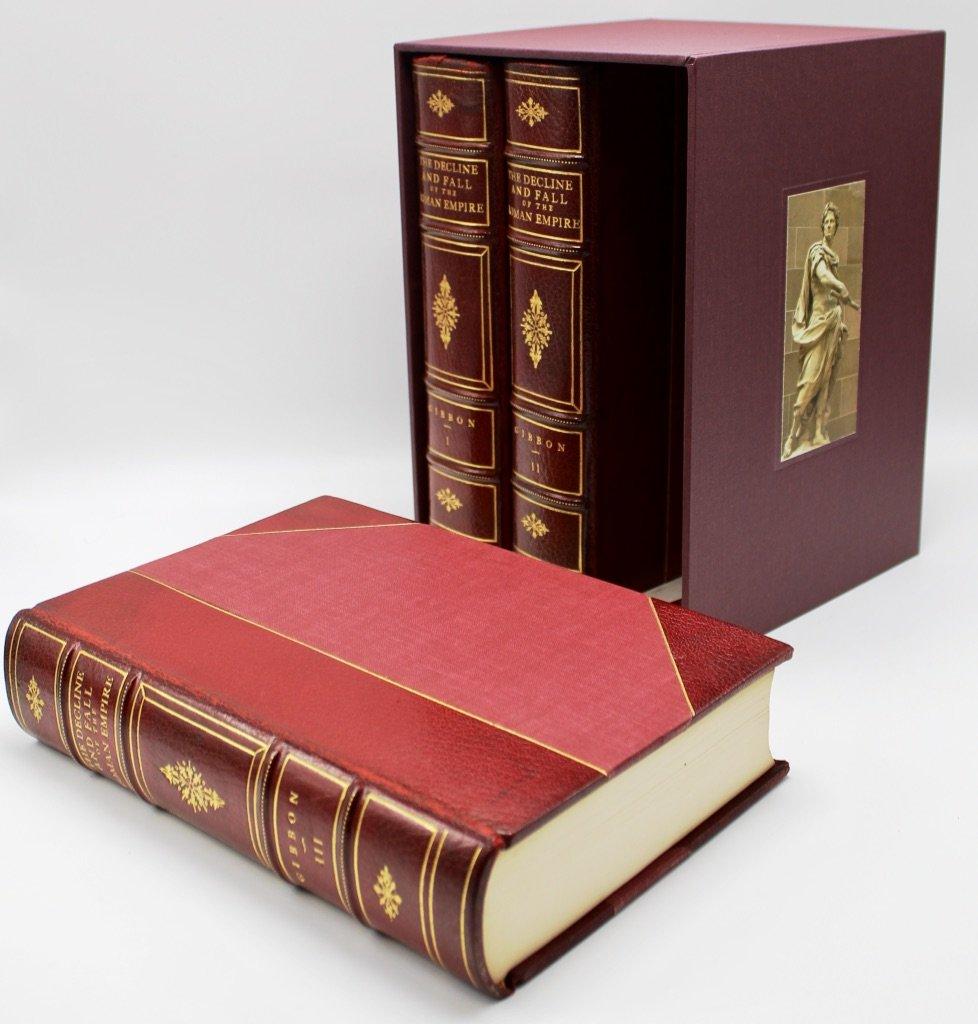


The Western Roman Empire had little effective authority over the dispersed western kingdoms that could still be called Roman by 476 CE, when Odoacer ousted Emperor Romulus. The causes of collapse are key topics in ancient world historiography, and they underlie much current discourse on state failure. The decline was further aided by increasing pressure from barbarians outside of Roman society. The Roman Empire lost the capabilities that had allowed it to exert effective control modern historians point to factors such as the army’s effectiveness and numbers, the Roman population’s health and numbers, the economy’s strength, the emperor’s competence, religious changes of the time, and the efficiency of the civil administration. The Western Roman Empire’s fall was the result of the empire’s failure to impose its control, and its enormous area was split into various successor polities. The History of the Decline and Fall of the Roman Empire

The material ruin of Rome, he believed, was the result and emblem of moral degeneration. Gibbon saw the Roman Empire as a unified entity in irreversible decay from the ideals of political and intellectual liberty he had read in ancient literature. The first half spans over 300 years, ending at 480 CE with the collapse of the Western Roman Empire the second half spans nearly 1,000 years. The Decline and Fall is separated into two sections, each of which is equal in size but treated differently. It is recognised by its profound study, historical perspective, and exquisite literary style, and spans the period from the 2nd century CE until the fall of Constantinople in 1453. The Roman Empire’s Decline and Fall, in its entirety Edward Gibbon’s historical masterpiece The History of the Decline and Fall of the Roman Empire was published in six volumes between 17.


 0 kommentar(er)
0 kommentar(er)
